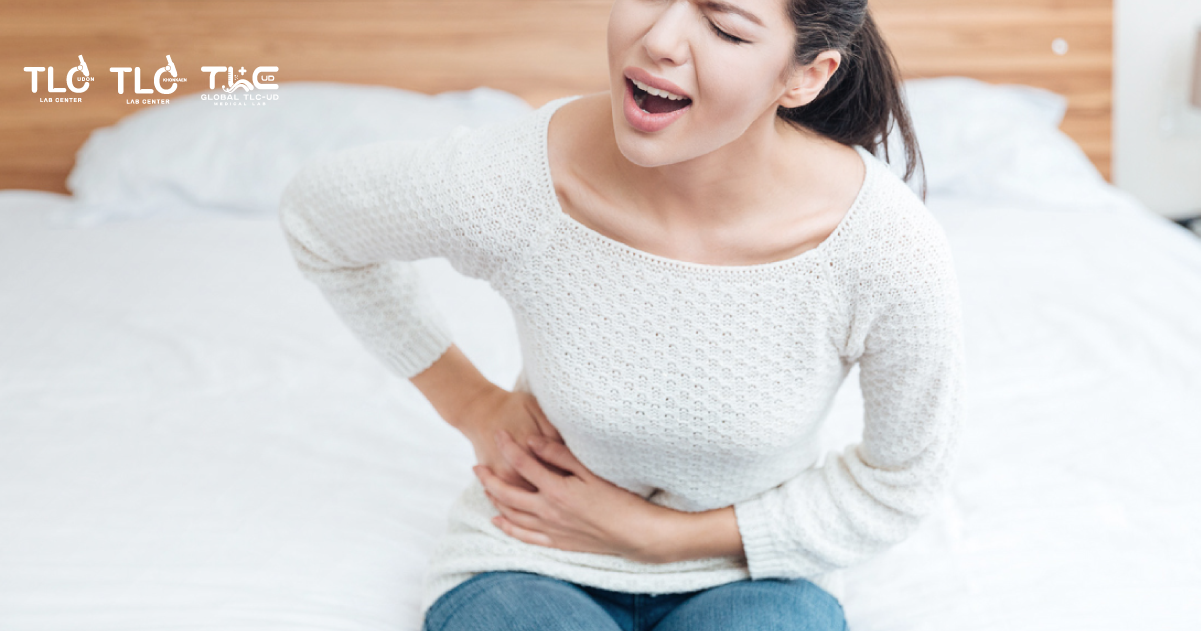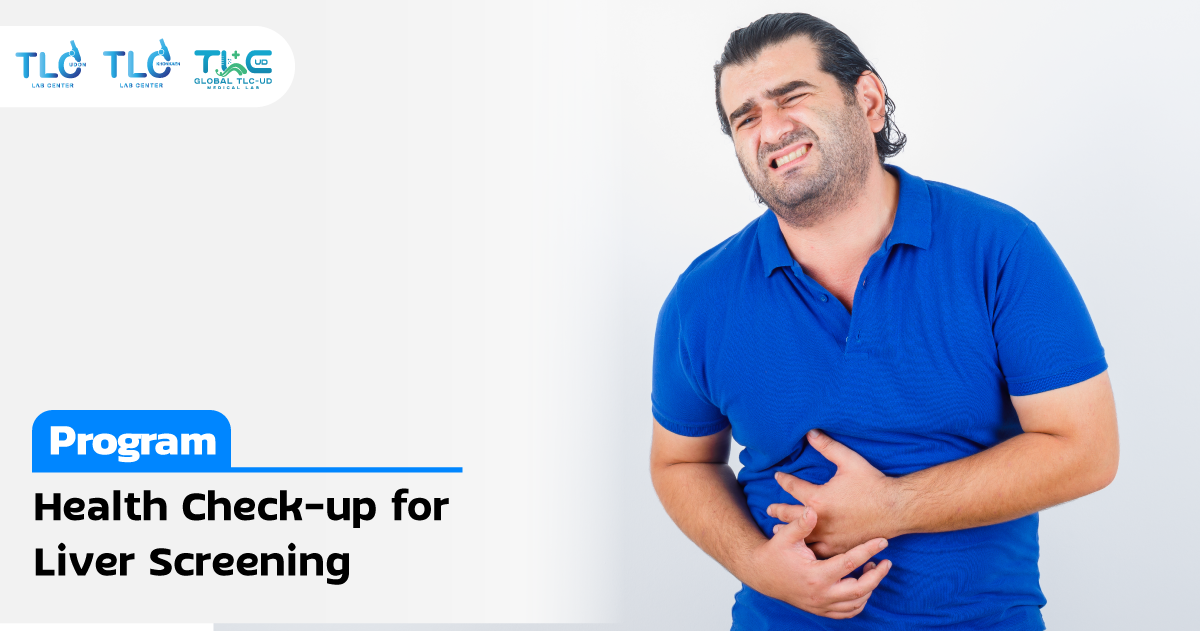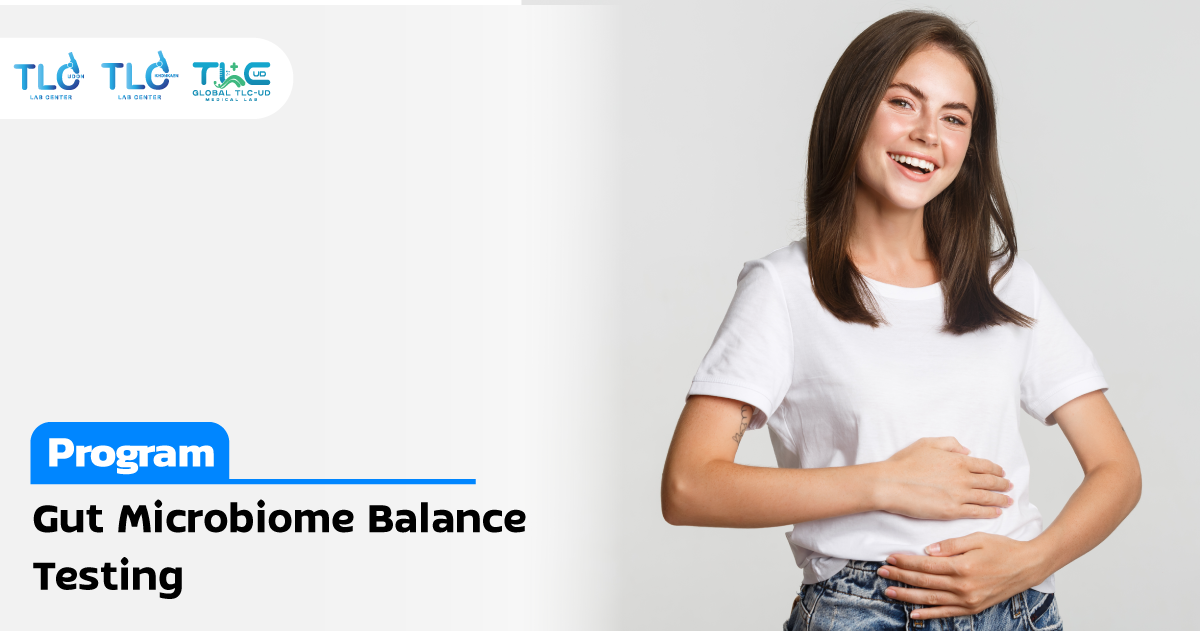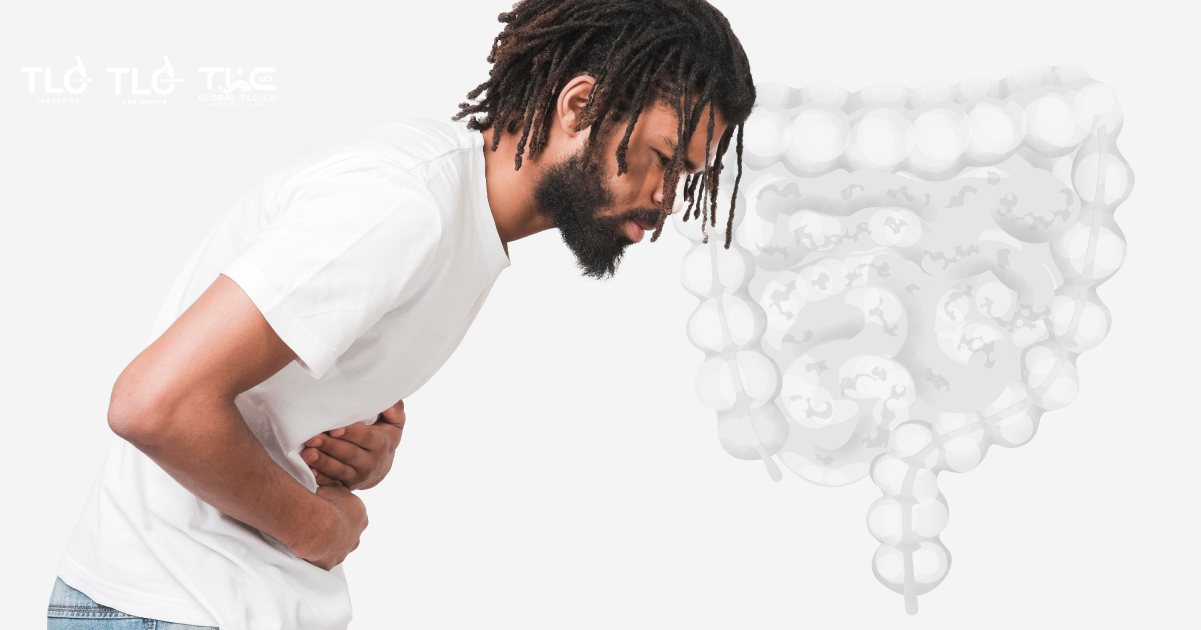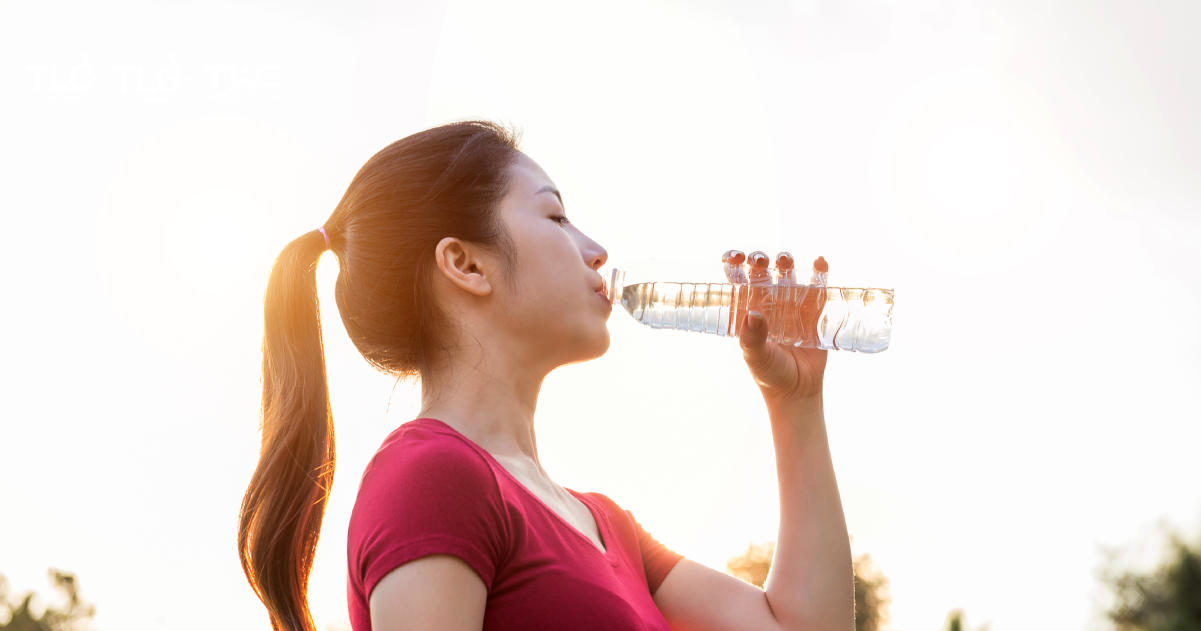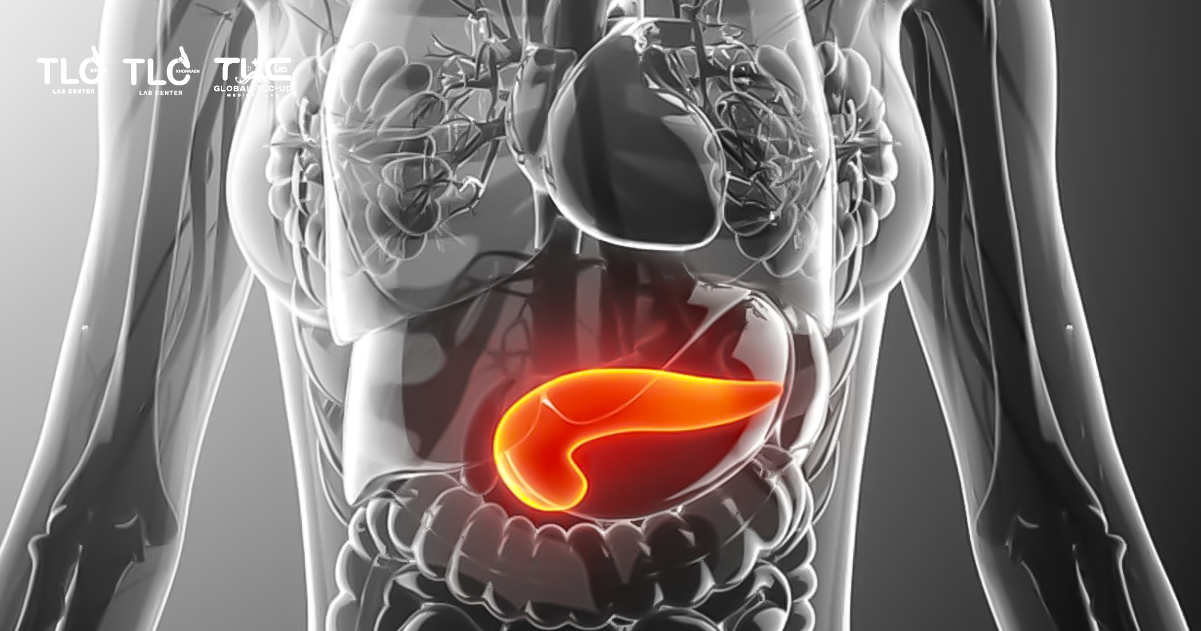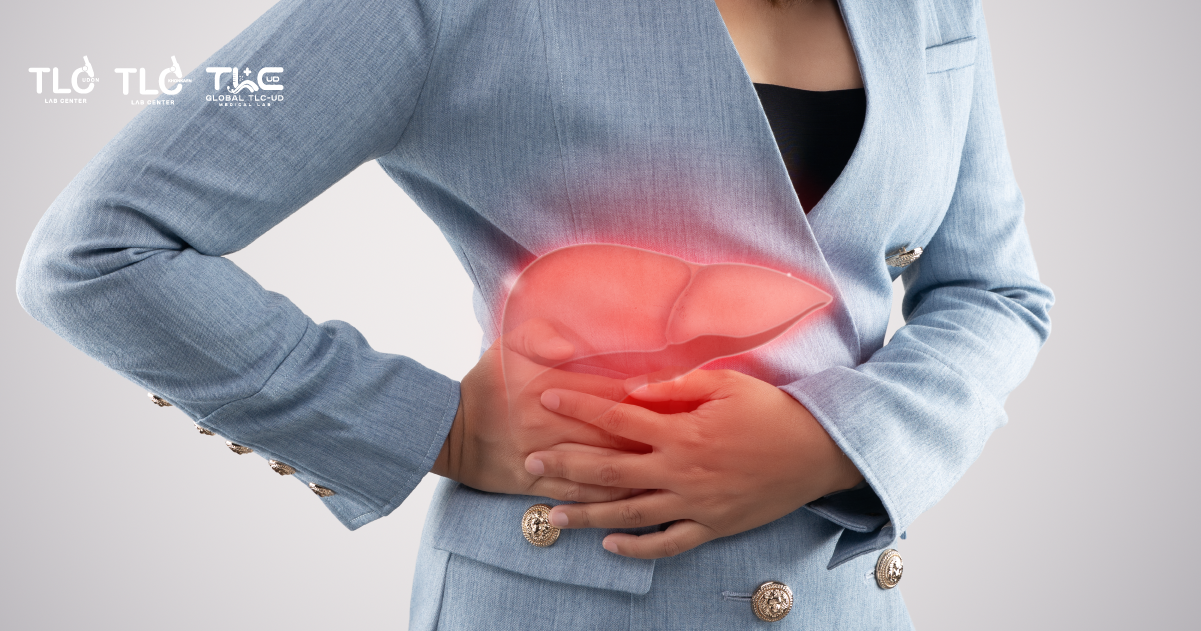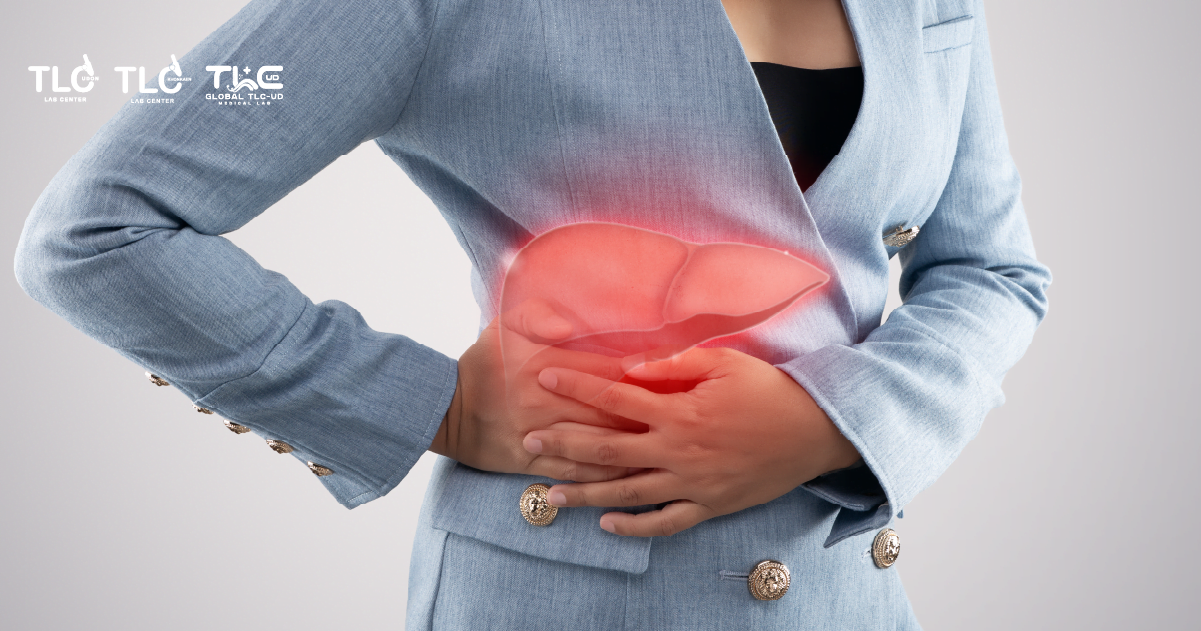About 15% of the world’s population has gallstones, and about 20% will have complications from gallstones, including cholecystitis. Gallbladder stones are the cause of up to 95% of cholecystitis.
Cholecystitis is a disease that occurs when inflammation occurs in the gallbladder, a pear-shaped organ under the liver, which is responsible for storing bile, which is the fluid produced by the liver. Patients with cholecystitis often experience pain in the area under the right rib, which is the location of the gallbladder. This inflammation usually occurs as a result of the appearance of stones. Tumors or other obstructions that obstruct the bile duct or cystic duct
The main causes of cholecystitis :
The causes of cholecystitis are divided into 2 main groups:
- Gallstone cholecystitis is the cause of up to 95% of cholecystitis, which can be caused by gallstones or biliary sludge that block the exit of the gallbladder, causing infection and purulent inflammation. Ulceration occurs, the bile ducts become infected, or the bloodstream infections are serious, which can be fatal.
- Cholecystitis of other causes It is found in about 5%, for example, the gallbladder has been torn in an accident. Tumors of the gallbladder or bile ducts, narrowing of the bile ducts due to fibrosis, abnormal functioning of the gallbladder in ICU patients, elderly patients with vascular degeneration, infection, or prolonged intravenous feeding, etc.
Symptoms of cholecystitis
- Pain in the right side of the abdomen, where the gallbladder is located, is usually a common symptom.
- Pain in the middle of the abdomen (sometimes) or spread to the back and right shoulder.
- There may be fever or tenderness in the area of the gallbladder (in some cases).
- Nausea and vomiting may occur (in some cases)
Such symptoms usually occur after meals. Especially after consuming large amounts of high-fat foods.

There are 2 types of cholecystitis :
- Acute cholecystitis is a sudden inflammation of the gallbladder. There are usually severe symptoms, abdominal tightness, bloating, deep pain/pain under the right rib cage and will be very painful when pressing on this area. Other symptoms such as nausea, vomiting, chills Most people have a low fever, but some people may also have a high fever. If the gallbladder ruptures, there will be a high fever, a stiff abdomen, and pain in all parts of the abdomen due to peritonitis. Generally, cholecystitis can be cured within 1-2 weeks. The gallbladder is rotten or punctured, which can result in severe infection in the abdomen. This causes 5-50% mortality depending on the overall health of the patient. Age, severity of infection, and drug resistance
- Chronic cholecystitis : Symptoms are mild, but the inflammation recurs frequently. The symptoms of such inflammation are not so obvious. Usually there is only pain under the right rib cage, but the pain is not much, including frequent bloating when eating oily foods, but if the acute infection is repeated, it can also become severe cholecystitis like the acute type.
Pre-Late Treatment :
Generally, cholecystitis is a disease that can be cured within 1-2 weeks, if the patient has symptoms within 1 week, the doctor usually recommends surgery. The doctor will give antibiotics or puncture the gallbladder into the infection drainage line, depending on the doctor’s discretion. If the patient has symptoms for more than 1 week and responds well to the drug, the surgery should be continued in 6 – 12 weeks.
Laboratory tests for the diagnosis of cholecystitis
- Complete Blood Count(CBC)
- Testing Liver function

